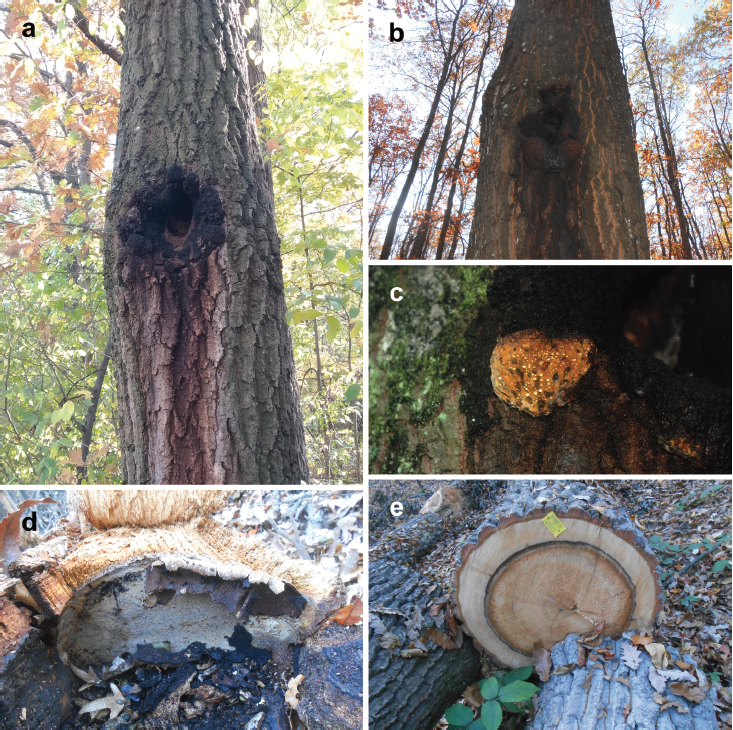Distribution and new hosts of the parasitic fungus Inonotus nidus-pici in Serbia
DOI:
https://doi.org/10.7251/GSF2232001MKeywords:
Inonotus canker, Quercus cerris, Q. petraea, oxidase reactions, white heart-rotAbstract
Since 2013, symptoms indicative of I. nidus-pici infections were recorded in various stands in the central part of Serbia and several tree species from Fagaceae family were affected. After the detailed sampling, isolation and identification of the fungus using both classical and molecular methods, the current distribution and host range were determined. This fungus was recorded at 17 additional localities in the central part of Serbia, and Q. cerris was the most common and most affected host. Further, huge damages were occasionally recorded at Q. petraea, particularly when growing in mixed stands with Q. cerris. In addition, Q. frainetto and Fagus sylvatica were confirmed as new hosts of this pathogen in Serbia. Implications of these findings and potential control measures were discussed.

Downloads
Published
Issue
Section
License
Copyright (c) 2022 Ivan Milenković, Zlatan Radulović, Michal Tomšovský, Katarzyna Sikora, Vesna Golubović Ćurguz, Dušan Jovanović, Dragan Karadžić

This work is licensed under a Creative Commons Attribution 4.0 International License.